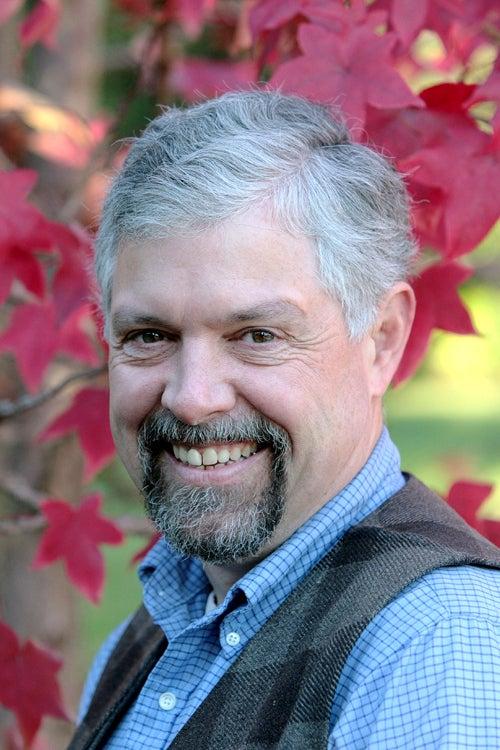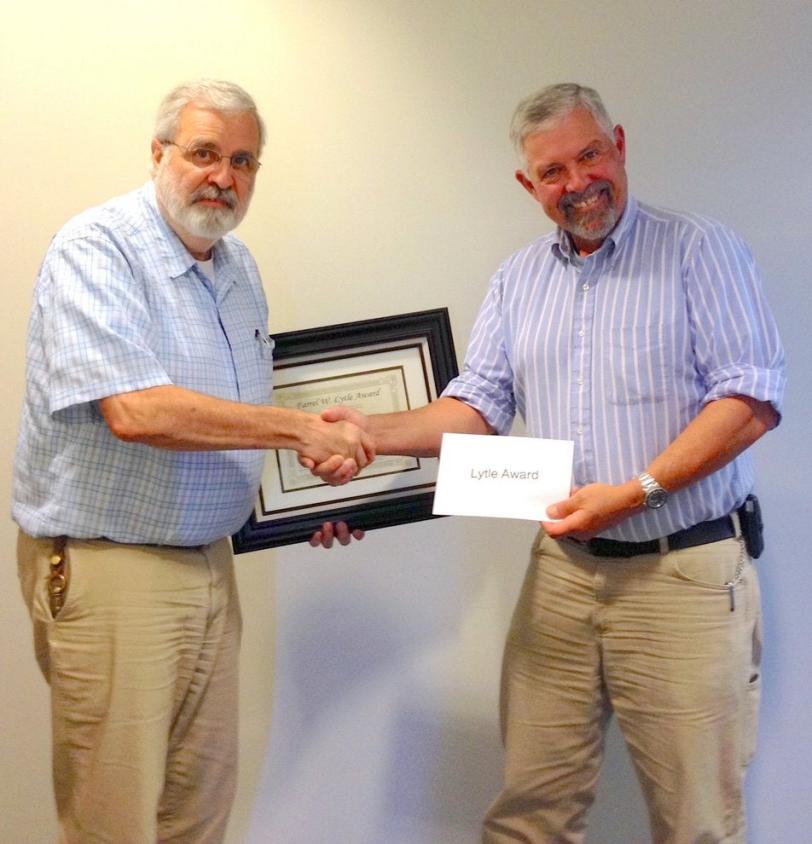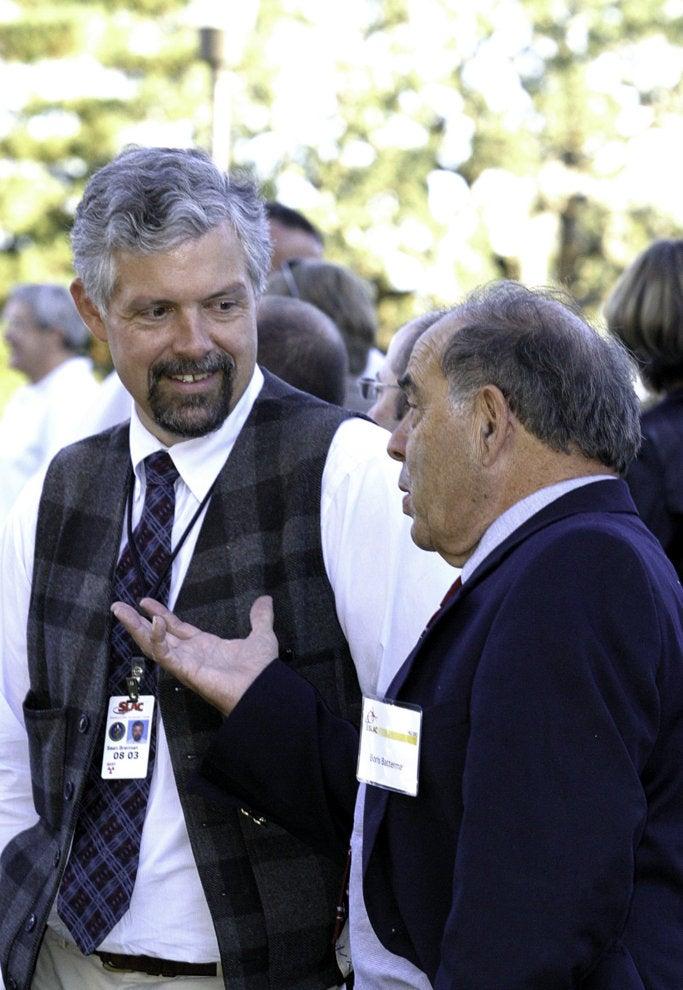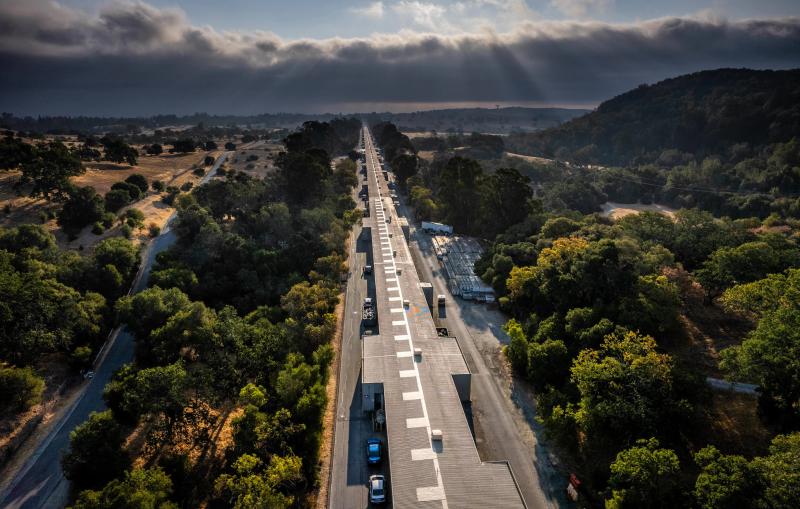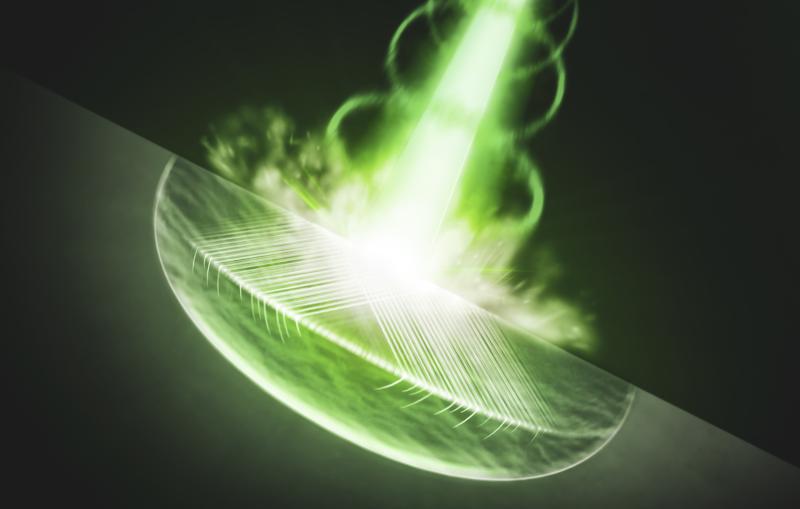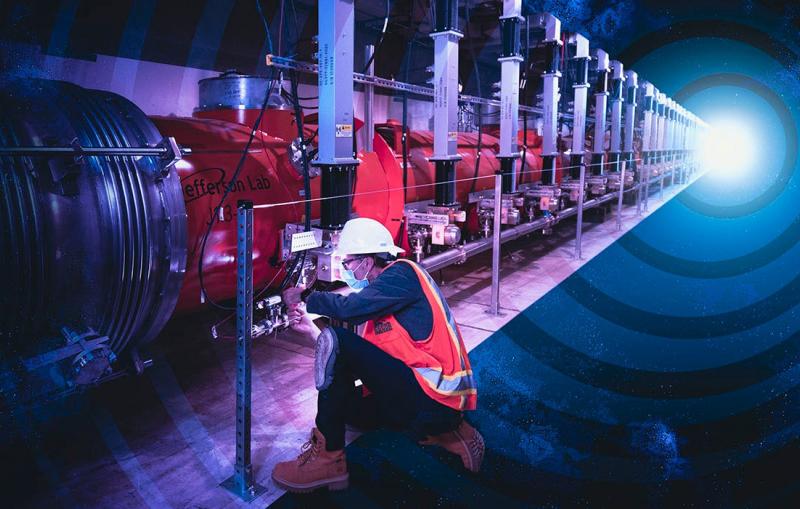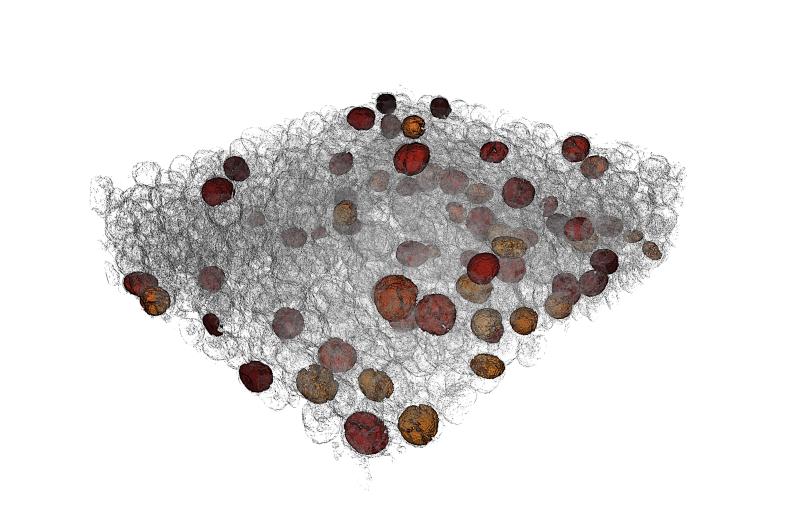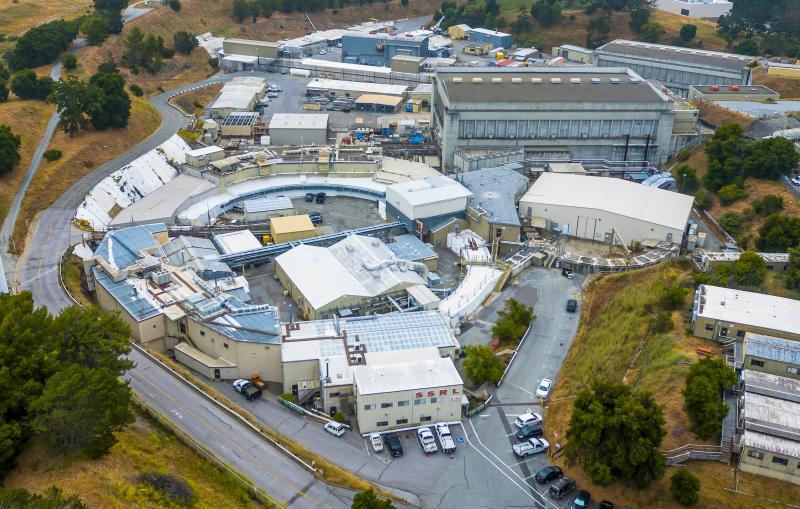Annual Synchrotron Award Goes to Longtime SSRL Scientist
Sean Brennan's decades of X-ray expertise keep pulling him back to SLAC even though he formally retired in 2008. During a recent visit to the lab, he accepted the Farrel W. Lytle Award for his extensive contributions to SLAC's Stanford Synchrotron Radiation Lightsource (SSRL).
By Glenn Roberts Jr.
Sean Brennan's decades of X-ray expertise keep pulling him back to SLAC even though he formally retired in 2008. During a recent visit to the lab, he accepted the Farrel W. Lytle Award for his extensive contributions to SLAC's Stanford Synchrotron Radiation Lightsource (SSRL).
The award recognizes achievements in synchrotron radiation-based science and efforts to foster collaboration and make the best use of experimental time at SSRL for both staff and visiting scientists.
Bart Johnson, an engineering physicist supporting SSRL, wrote in a nomination letter that Brennan is well known for his work on a software program called Super that collects data for a popular research technique known as X-ray diffraction. The program has been used in data collection at SSRL for about 30 years.
Brennan got his start at SLAC in 1977 as a graduate student and served as an SSRL staff scientist from 1986 until his retirement.
"Over the years, Sean continuously refined Super to meet the ever-changing demands and increasing sophistication of users and instrumentation," Johnson wrote. He said Super was the staff’s go-to tool for commissioning new beamline optics and tuning the beams to meet the needs of a variety of experiments.
While scientists' demands, computing power and sophistication of the equipment have ramped up over the years, Brennan said, "The basic problem of getting a piece of hardware to do your bidding really hasn't changed that much. The greatest satisfaction came when my research group, or the dozens of others who used Super, published world-class science using the program."
In recent years Brennan worked as a consultant to help transition SSRL beamlines to a new, more standardized software program. "Since I had collected data on almost every beamline at SSRL, it made me an obvious choice to help write code for each beamline as it was upgraded," he said.
Also since retirement, he has filled in as a temporary replacement when an SSRL beamline scientist transitioned into a new role, and he has assisted with atomic-layer growth research led by Stacey Bent, a Stanford chemical engineering professor.
An avid outdoorsman, Brennan regularly serves in the ski patrol at the Sugar Bowl ski resort in California and as a ski instructor at the Jackson Hole ski area in Wyoming during the winters, and has enjoyed hiking in Europe, fishing in Alaska and canoeing in the Canadian arctic, among other adventures.
The Lytle Award was first given in 1998 to its namesake, a Nevada resident and former Boeing researcher known for his pioneering contributions to X-ray spectroscopy.
"Lytle is one of the giants of the synchrotron radiation field, and an incredibly nice, humble guy," Brennan said. "Through the years a number of extremely dedicated scientists have been given the award and it is gratifying to be included in their number. Each recipient has made a lasting difference to the laboratory."
Last year's winner was Clyde Smith, an SSRL staff scientist, and other honorees include Piero Pianetta, who now serves as SSRL interim director, and Britt Hedman, SSRL science director.
Contact
For questions or comments, contact the SLAC Office of Communications at communications@slac.stanford.edu.
